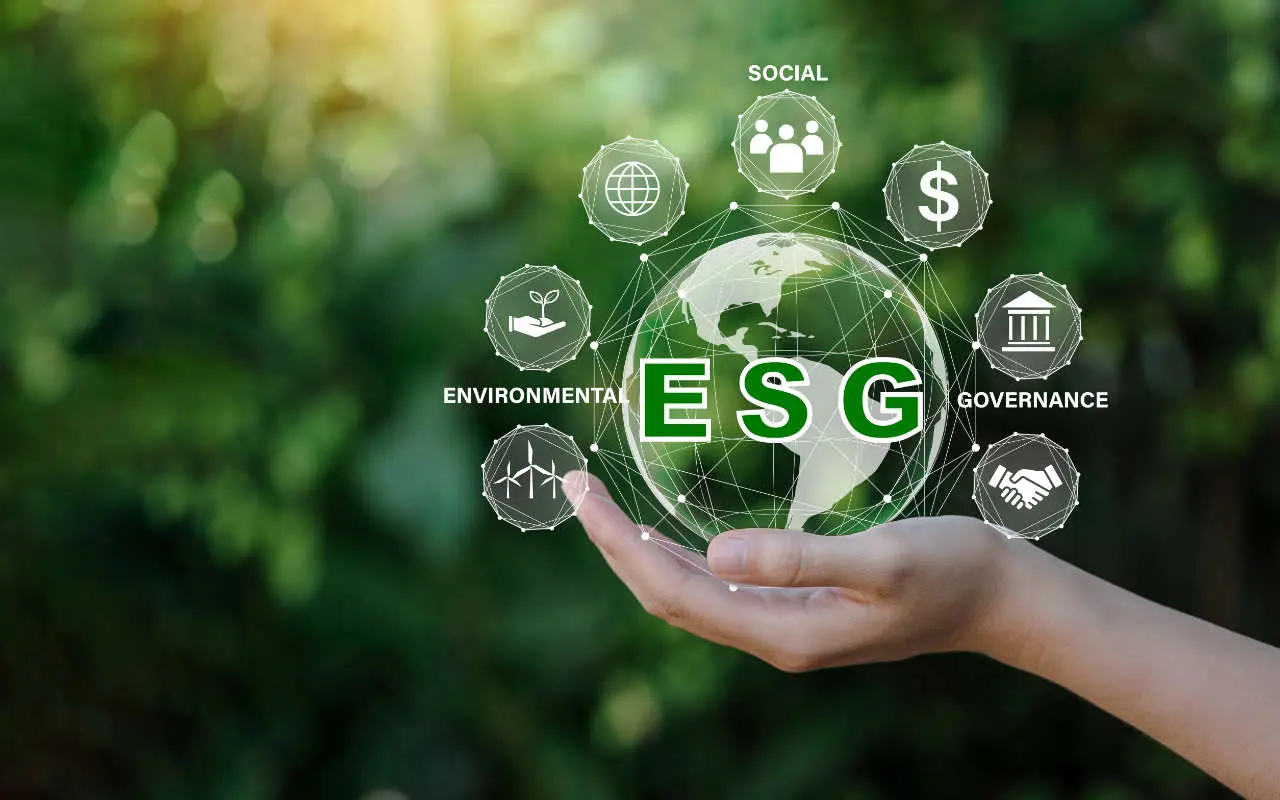In Short : Sustainability partnerships refer to collaborative efforts between organizations, governments, and other stakeholders to address environmental, social, and economic challenges. These alliances aim to achieve sustainable development goals by combining resources, expertise, and influence. They matter because they promote collective action, fostering innovation and creating a more significant impact than individual efforts. The success of sustainability partnerships lies in shared goals, transparent communication, and coordinated strategies, demonstrating that working together is essential for a more sustainable future.
In Detail : In the business world, partnerships are often front and center in discussions on reaching new markets, developing new products and other activities that tend to be focused more on the bottom line than anything else.
But long-term, sustainability partnerships could prove even more impactful. From reducing carbon emissions to limiting waste, sustainability partnerships can have a wide-ranging impact for good — even if they don’t always seem like an immediate priority.
What Is A Sustainability Partnership?
Sustainability partnerships are any type of partnership that focuses on addressing a social or environmental problem. As an analysis by McKinsey notes, these partnerships often aren’t just focused on helping a company reduce its environmental footprint. Organizations that participate in sustainability partnerships often do so with additional goals in mind, such as streamlining their operations, improving financial results and enhancing their reputation with the public.
For example, the city of Dublin, Ireland partnered with Google’s Project Air View to collect street-level air quality readings to better understand variable air quality in the city and measure the impact of the city’s efforts to improve air quality (such as adding bicycle lanes or “greening” neighborhoods).
In this case, Google doesn’t necessarily get any direct financial wins from the partnership. However, in addition to taking steps to help the environment, the project can significantly improve their reputation, particularly with government organizations that have similar goals — something that could help the company with other endeavors later.
Why Sustainability Partnerships Matter
Sustainability partnerships can have a much larger impact than the original intended goals of the two collaborating organizations. Successful sustainability partnerships can bring greater attention to a key environmental issue, motivating others to become involved in that cause. As a result, the impact for sustainability can become widespread.
I learned of a great example of this during a recent conversation with Roya Aghighi, co-founder and CEO of Lite-1, a company that uses microbe technology to develop 100% clean, non-toxic colorants to transform the color industry — a major need, as one-fifth of all global water pollution is attributed to textile dyes.
She explained, “A sustainability innovation like this can have a powerful impact on the industry as a whole, enabling brands to take concrete action to achieve their stated sustainability goals and helping humanity inch closer to a cleaner future. However, achieving a broad shift in the industry requires buy-in from early adopters who are willing to work together to make such breakthroughs scale and efficiently improve.”
Continued Aghighi, “Collective action through highly visible partnerships is crucial for improving and advancing these solutions so they can become even more effective — and more widespread. Without strong partnerships, timely adoption of sustainability initiatives is much less likely to happen.”
As Aghighi’s example reveals, partnerships are often necessary for a sustainability initiative to gain traction. As early successes achieve recognition, they can inspire others to take action, significantly expanding the total impact of the work.
How Sustainability Partnerships Work
The exact nature of how a sustainability partnership functions can vary. Some partnerships might see collaborators sharing resources to drive innovation in a particular area. Others may focus on one side sharing its knowledge to help the other take steps to reduce its carbon emissions.
While the specific tasks and responsibilities each partner undertakes can be quite different between partnerships, successful sustainability partnerships rely on a few key principles.
As Jane Nelson writes for the Harvard Kennedy School, successful sustainability partnerships are built on a “shared purpose and understanding of the ecosystem and its stakeholders, rigorous process and operational alignment [and] good governance and mutual accountability for progress.”
This requires strong communication in all facets of the partnership, with a clear vision, goals and expectations established at the very beginning of the organizations’ collaborative efforts. Successful partners seek to provide transparent communication that ensures all involved parties have the necessary information and resources they need to succeed. Each organization understands its role, and there is a clear framework for how sustainability efforts will be implemented and measured.
When these foundational principles are present, partners will be better equipped to drive innovative results that fulfill sustainability goals.
Creating A Better Future
Sustainability partnerships ultimately help businesses focus on how they can reduce their impact on the environment. And quite often, these partnerships can deliver true bottom line benefits by lowering costs or introducing innovations that make your brand more appealing to potential customers.
In fact, a 2023 survey of online shoppers by ESW found that 83% of buyers consider sustainability as part of their buying decisions — with even higher percentages among Millennial and Gen Z respondents. Your sustainability partnerships can help you win new customers and increase retention.
By critically evaluating potential partners that can help you launch new sustainability initiatives, or identifying ways to work together with current partners to meet your sustainability goals, you can succeed in your efforts to do better for the planet.

